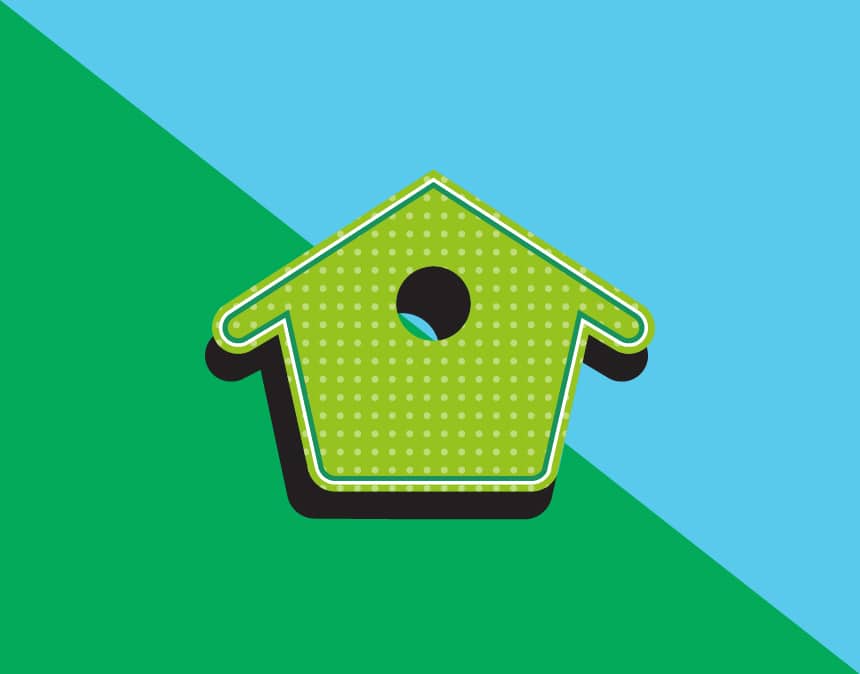can you use one type of interior paint for every room of the house? Ideally so, but conditions in the basement are not the same as in the bedroom, and the kitchen is not the same as the bathroom. Different areas of the house have different microclimates and thus need different types of paint. When doing up home interiors, homeowners typically fret over the color of the walls. Should it be cream? Or beige? Or should it be a bold turquoise or a bright and sunny ochre? No one pays attention to the type of paint being used. But interior designers swear by it. The types of paint, whether emulsion or oil-based, is as crucial as the tone, shade and color.
Ceilings
A majority of ceilings are painted flat white, but for a good reason. Lighter colors reflect a majority of ambient light into the room and help rooms feel larger. Flat avoids the space-limiting illusion that glossy paints create.
Living room
The living room is one of the most important areas of a home, as one tends to spend most of the time here, with family members. It is also the place where home owners entertain guests. You can pick earthy or neutral shades for this area, including aqua mint, French vanilla, emerald green or white. If you want regular colours for your home, you can pick grey, blue or beige. Black is an unusual colour for the living room but you can use it, if you want to add a non-obvious element to your living room.
Bathroom Walls
Because of bathrooms’ moisture, it helps to have a wall surface that you can easily wipe down. Paints with glossier sheens have a tighter molecular structure than flat paints, making it more difficult for moisture to penetrate.
study room
While red is the perfect colour for improving focus and concentration, you can also experiment with different shades of green, deep greys or silver, as these shades are said to improve creativity and help in focusing. Orange and yellow are other preferred colours for the study room, as it increases alertness.
kitchen
Ideal colours for the kitchen include white, grey, yellow and green. These colours will make your kitchen appear bright. Warmer tones stimulate the appetite. So, you can select hot chilli or orange colour, to make your kitchen a foodie’s haven.
children’s rooms
Pale pink, baby blue or softer tones of yellow, are the most popular colours for children’s rooms. Since these are soothing hues, they will have a calming effect on your child. Also, if you want to pick some unusual colours for the room, make sure you select a brighter shade, to add some enthusiasm.
Trim, Cabinets, Windows, and Doors
While you can use water-soluble latex enamel paint, oil-based paints (only available in quart sizes) provide smoother surfaces. While oil-based paints do emit strong fumes and have extended drying times, the payoff is a rock-solid, glass-smooth surface.
Bedrooms
When decorating your personal abode, you tend to get all creative. For this, we suggest you go for a satin finish that’s rich in texture.
Or the bedroom should be painted in soothing colours, to make it the most calming place in your home. You can pick colours like lavender, soft green, pale blue, soft grey and deep blue, for your bedroom. You can also pick lighter tones of these colours or alternatively, you can select cream or white colour for your bedroom.
Dining room
If you want your dining room to look compact and cosy but full of energy, you can pick warmer tones of red and yellow. If you want to make the room look bigger, opt for brighter tones of green, yellow or purple colours for the dining room and perk it up with drapes in complementing colours. You can also use metallic wallpaper, to add some glam to the room.
Colors can convey a sense of style and set the tone for different moods in our homes. So it makes sense that the right shades of paint can enhance your quality of life at home. To help you select the perfect hue, we share the psychology behind favorite paint colors.





